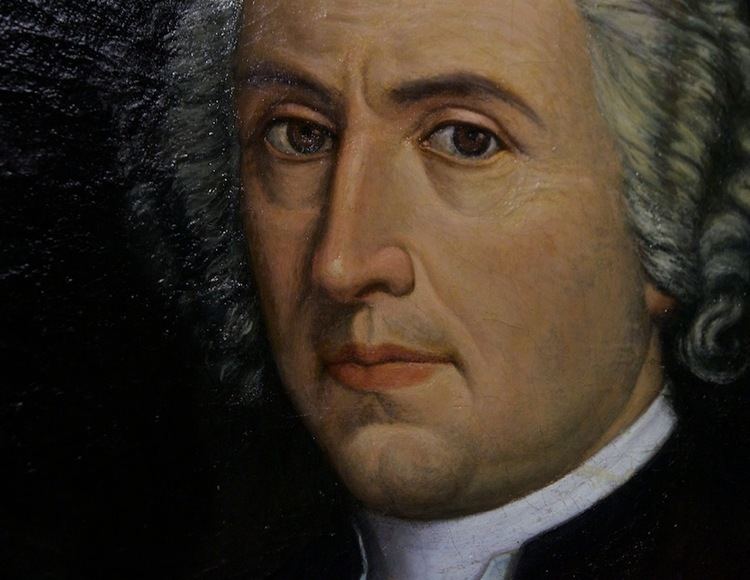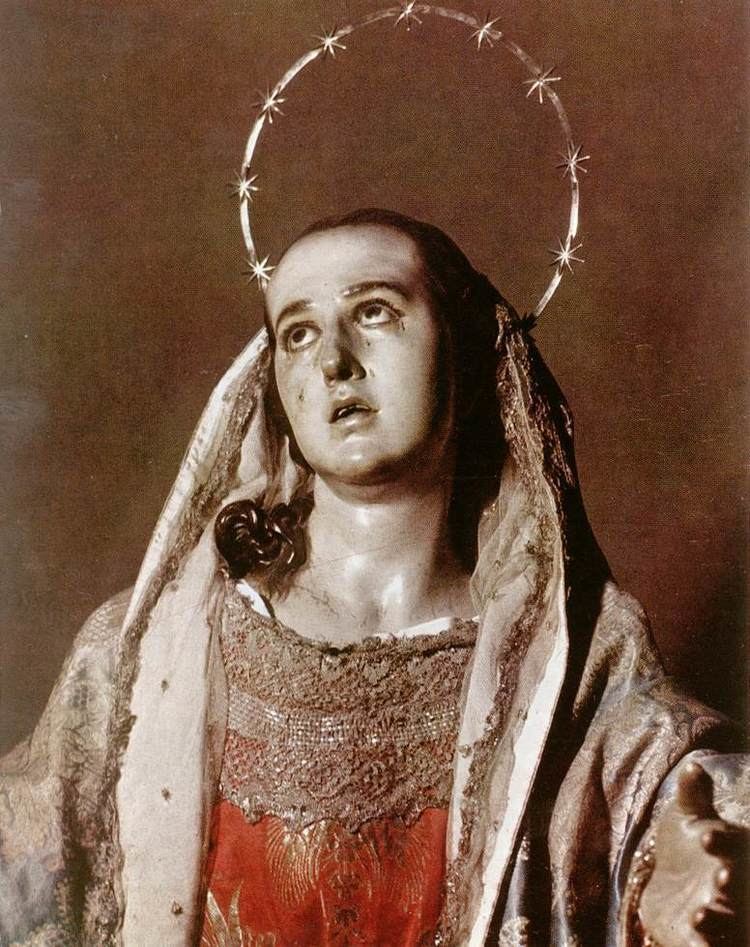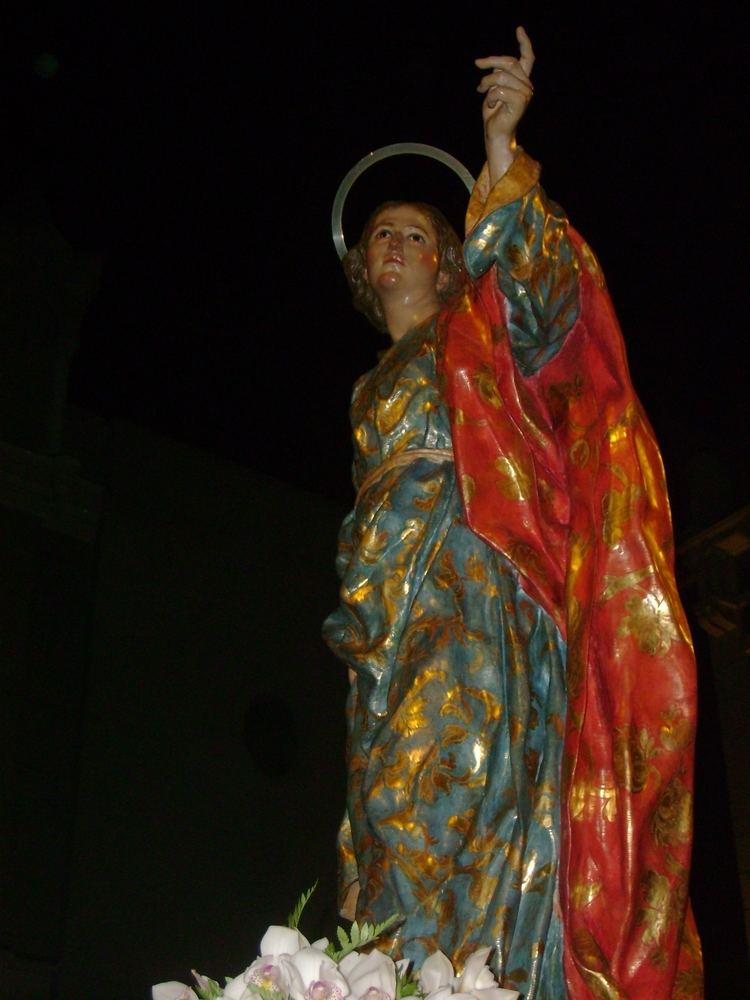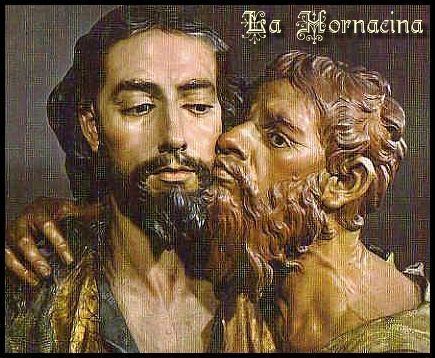Nationality Spanish Name Francisco Salzillo Period Baroque | Movement baroque Known for Sculpture | |
 | ||
Full Name Francisco Salzillo y Alcaraz Born May 11, 1707 ( 1707-05-11 ) Murcia, (Spain) | ||
Imaginería y Pintura Española..wmv
Belen de Salzillo
Francisco Salzillo y Alcaraz (21 May 1707 – 2 March 1783) was a Spanish sculptor. He is the most representative Spanish image-maker of the 18th century and one of greatest of the Baroque. Francisco Salzillo worked exclusively on religious themes, and almost always in polychromed wood. He made hundreds of pieces that are distributed throughout the Region of Murcia and some in bordering provinces. The Spanish Civil War (1936–1939) caused the destruction of many of the works of Salzillo. Some of his masterpieces include his nonprocessional religious work, his processional work, and his great Nativity scene.
Contents

Biography

He was born in Murcia to a wood sculptor Nicolas Salzillo. At the age of twenty he completed the statue of St Ines of Montepulciano, which had been begun for the Dominicans at Murcia by his father. On the death of the latter the care of the family fell upon Francisco, who with the help of his brothers and sisters organized a workshop. In 1765 he also founded a small academy, which, however, was speedily dissolved owing to disunion among the members. In the Ermita de Jesus in Murcia may be seen Salzillo's scenes from the Passion of Our Lord, a vast work in which all the sculptor's qualities and defects are revealed. In the church of San Miguel are an Immaculate Conception and a St Francis. Mention should also be made of the Christ at the Well in the church of Santa Maria de las Gracias in Murcia, and of the sculptures in San Pedro and in the Capuchin monastery in Murcia. Salzillo mainly worked in wood and carved "in the round", after which was his work was gilded and polychromed using a technique called estofado. The attribution of the stone sculptures on the facade of St Nicolas's Church in Murcia to him, is purely conjectural. He died in Murcia.
Main works

Unlike the great sculptors of the 18th century, like Juan Martinez Montanes or Gregorio Fernandez, Francisco Salzillo did not dwell overly on the dramatic aspects of the scenes he depicted, but explored naturalistic concepts of idealized beauty that heralded the transition from the Baroque style into the Rococo and Neoclasicism. Salzillo founded the so-called Murcian School of Sculpture that extended beyond its time and that has remained effective to the present time, because both his first followers and those who have followed to date have perpetuated the iconographic and stylistic models and types of Salzillo. There is a Museum in Murcia dedicated to Salzillo. His main works are:

